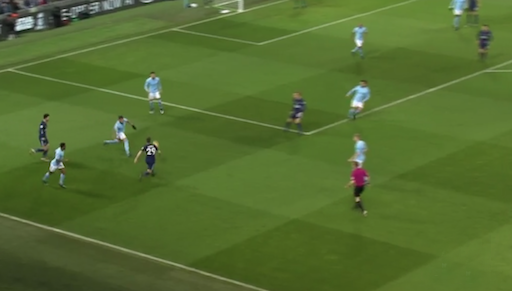WORLD CLASS COACHING
Pep Guardiola Defending
By Luca Bertolini
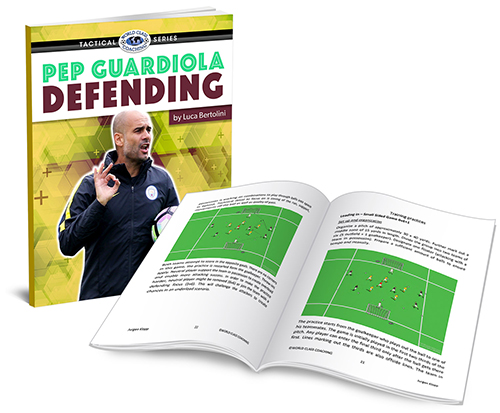
Table of Contents
PART FOUR
Guardiola's Defensive Principles
General Pep Guardiola's defense principles of play
It is very remarkable to understand how Pep Guardiola has always based his defense phase on some main principles of play and he realized them on the field with all the teams he coached, from Barcelona B to Manchester City.
1) Always try to recover the ball as soon as the possession is lost.
• Run forward to put immediate pressure to prevent the opponent’s counter-attacks from the beginning
• The players must have quick transition to defend attitude
• Try to recover the possession within 6"or start running back (this rule was very effective with Barcelona; Guardiola let the team high on the field to stop the opposition move for longer time with Bayern and City thanks to the inverted fullbacks and the wide wingers who run inside to press)
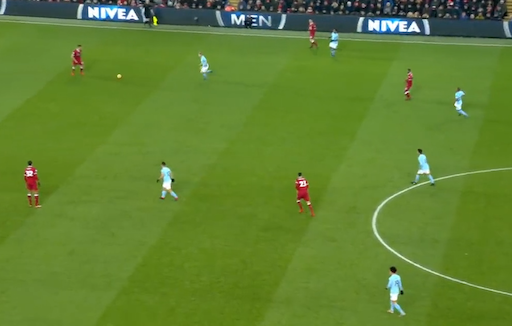
2) Make the field small for the opposition
• Create a strong side with the players running towards the ball area; with Barcelona was the main rule, because it was a "smaller" team when attacking. With Bayern and City, that are wider teams with wingers, strong side were and are created if the ball is not recovered after 1 v 1 duels of the forwards, advanced midfielders and wingers, against the opposition ball carrier
• Ensure defensive coverage thanks to the balance defensive midfielder
• Pay attention to the opponents who may receive a pass
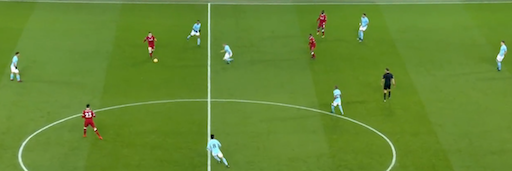
At Barcelona, both the last requirements were asked the balance midfielder (Busquets), but at Bayern Munich and Manchester City, these tasks were and now are required to the balance midfielder and to the inverted full backs. As these teams play wider than Barcelona, the center spaces need to be condensed.
3) Run back to organize the defense phase.
• If the ball is not recovered quickly the team must organize the defense phase to save the first third
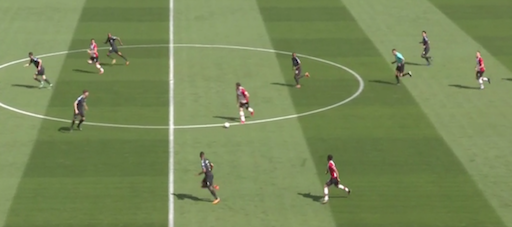
• Play with pressure, while the rest of the team runs back, to make the team less vulnerable, through the rule of the "three defenders":
• The player on the ball must press the ball carrier
• The 2nd player must mark the easiest passing option for the ball carrier
• The 3rd player shall close the easiest forward through passing option
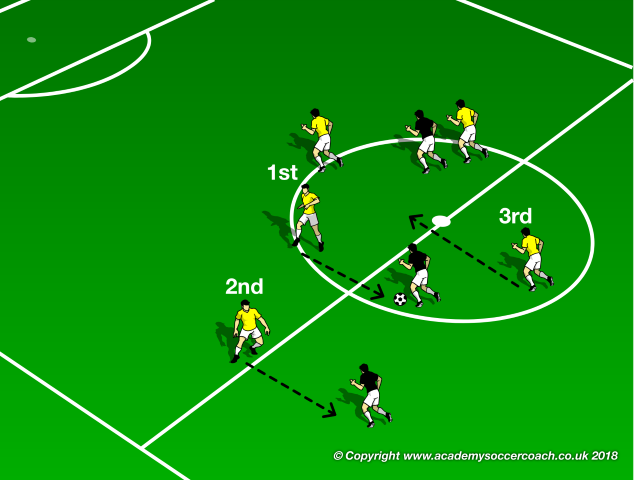
4) Prevent the opposition build up from the back phase of play if the direction of the possession was at least forced backward:
• Press the opponents as high in the field as possible, to keep them away from the penalty area
• The player near the ball must always press the ball carrier
• Try to force the direction of play toward a wide channel
• Cover the long balls to avoid counter attacks and to recover the possession back
• Keep the defensive line high to anticipate the opposition forwards
• Be fast and aggressive
• All the players on strong side must press whatever is the body positioning of the opponents (toward their own goal or toward the goal to attack)
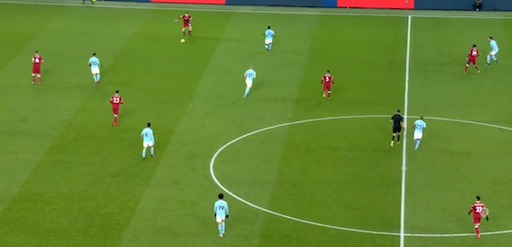
5) The 2nd pressure phase
• It should not require long time efforts as the team must be balanced and small now
• Just try again to recover possession as close to the opponent’s goal as possible, but the balance and the coverage of the spaces are the main points to be focused on
6) Save the space behind the defenders and win the win the wandering balls
• Defend the long balls
• The defensive line must press the opposition forwards; Otamendi and Walker are the ones for Manchester City back 3, while the center defender covers the depth (Stones). As already stated, this defensive pattern was one of the best improvements for City in the second season, also thanks to Kyle Walker signing
• All the players must now recover their positions quickly to support the defense line with short distances among the players
• Keep the defensive line balanced and create numerical advantage on the ball side to be ready to win a potential wandering ball
7) Create a small field again in the middle third and the first third
• The players must move towards the ball area constantly, keeping right and small spaces among them
• Prevent opponent’s penetrations and through passes, being compact near the ball
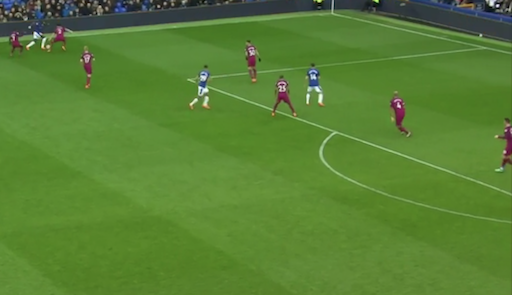
8) Close the Inside Spaces
• Protect the center spaces to prevent the ball through the middle
• Look for interceptions of their passes to launch a counter attack as the opponents are supposed to run forward
• Prevent to be overcome by a ball carrier or by a run without the ball
• Force the ball carrier and the direction of possession wide
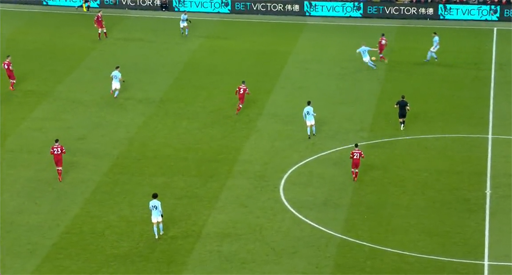
9) Group defense
• Two center backs press the opposition forwards with the ball or near it, the other center back covers his teammates position
• If a center back moves out of position, the balance midfielder must drop back to the defensive line to balance; the inverted fullback becomes the balance player
• The opposition wingers or wide pattern of play are covered and countered by the advanced players, together with the winger of that flank; the opposite winger runs inside then
• The advanced midfielders and the winger must be just away from the ball to be able to double the mark of their teammates constantly
• The defensive line is not only marked by the ball position, but also by the 18 zones concept Guardiola uses for possession and attacking phase and for defense phase
If the most dangerous attacking area for the opposition is the number 14, following Guardiola concepts, it's clear how it's the same from a defense point of view (2 and 5). The coverage of these areas and of the zone 8 was the main issue during 2016/2017 season.
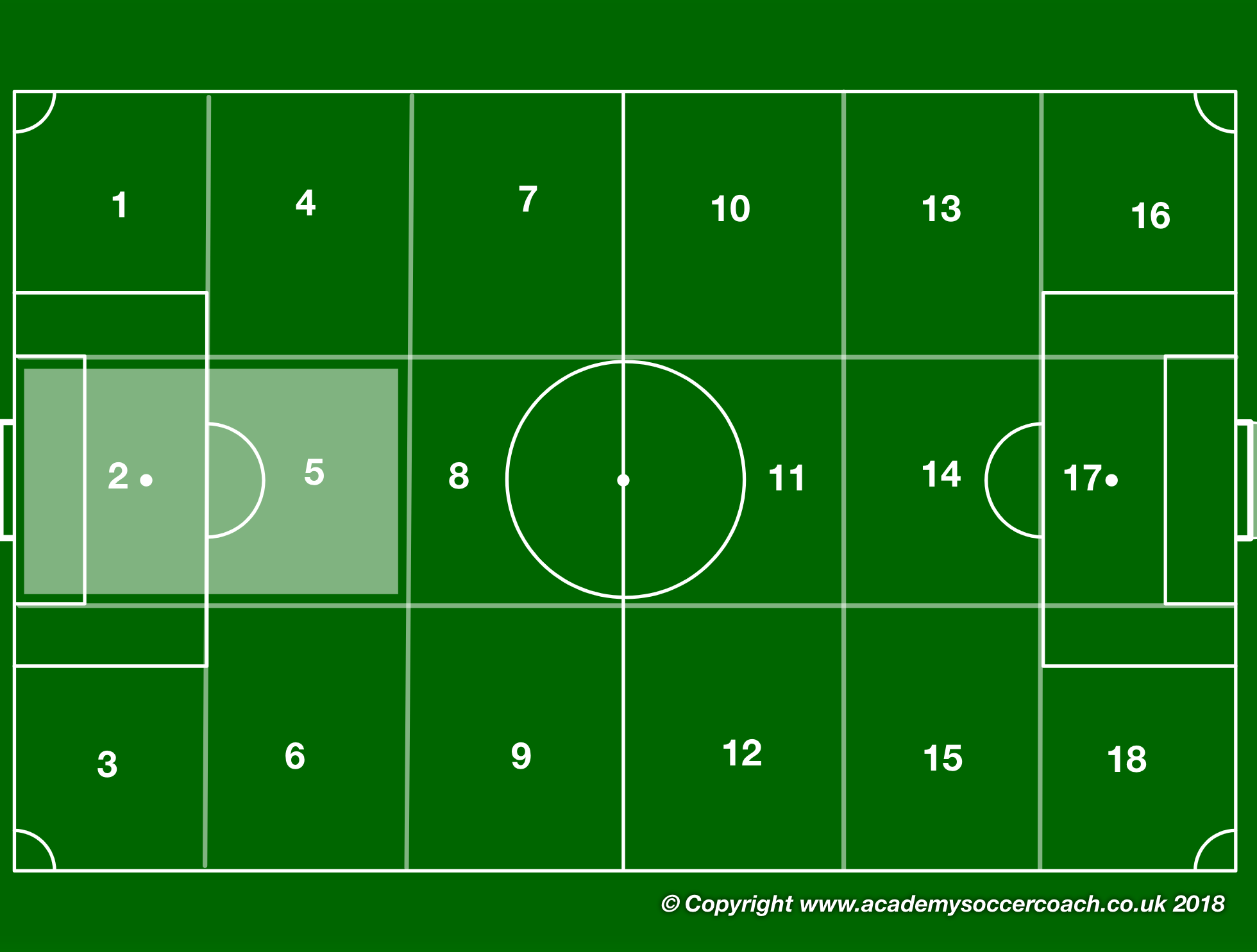
• One of the forwards is the player who can unbalance the opposition defense more than all the other teammates (or whoever he is), and for this reason he can have active rest to be reactive as the ball is won back; Aguero is this kind of player for Man City.
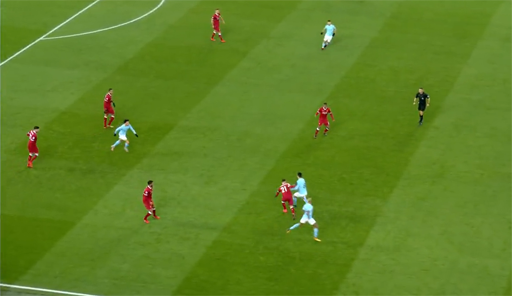
10) Prevent the opposition from scoring:
• Prevent cross passes toward the 1st pole
• Fullback and center backs must defend the ball before any chances of passes toward the first pole can be created
• Clear the ball before it reaches the goal, but always toward an advanced teammate, who can support the transition to attack, just after the recovery of the possession
• Run up to the field as the ball is received
